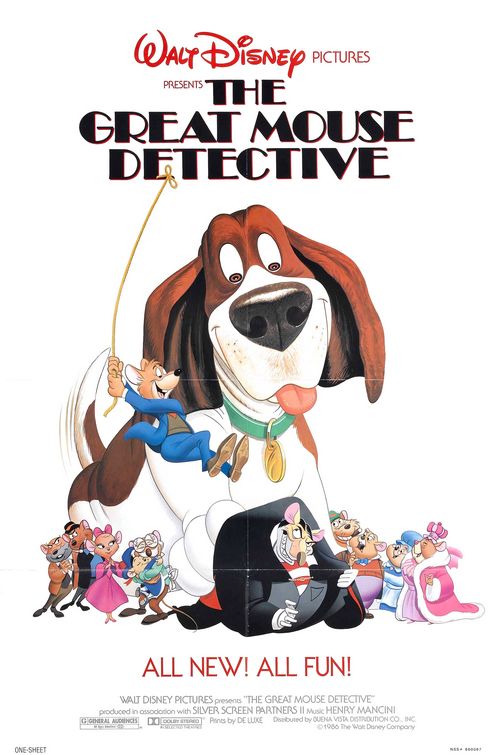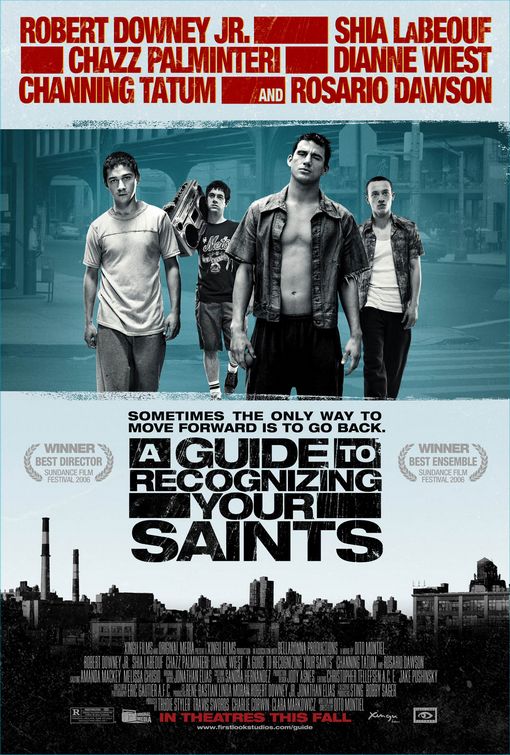“Vile, Violent and Obtuse”

| None | Light | Moderate | Heavy | |
|---|---|---|---|---|
| Language | ||||
| Violence | ||||
| Sex | ||||
| Nudity |
What You Need To Know:
RECOGNIZING YOUR SAINTS is a very immature, poorly made, sexually violent, pedophile fantasy that isn’t even pleasant to watch. In fact, watching this movie is like having root canal without painkiller. Graphic sex and violence, constant assaults of the “f” word, and lack of a coherent plot, all work against the quality of the performances, some of which are very good. In spite of the violence, there are moments of intense boredom. Thus, A GUIDE TO RECOGNIZING YOUR SAINTS is not a movie that engages the audience.
Content:
(PaPaPa, LLL, VVV, SSS, NNN, AA, DD, MMM) Very strong immoral, disgusting pagan worldview with some religious artifacts that provide little meaning, much less anything spiritually or morally uplifting; 385 obscenities (95% “f” words) and three profanities, and urinating; intense, ugly violence such as father beats son, street kids abuse, push, shove, kick poor street people, Puerto Rican gang leader beats a boy viciously with a baseball bat, Italian gang leader responds by beating him to death with a baseball bat, father and son fight, father gets heart attack, boys shove, push and manhandle their girlfriends, and implication that boy is hit by subway train; intense, violent underage sex, boy tries to sodomize underage girl and rips off her top and pushes her around, another boy wants to have oral sex with another girl (vividly described), girls and boys want to fornicate and say so with the “f” word, disgusting and revolting underage sex; upper female nudity of young girls, boy shows his private part to young girls but nothing shown, young girl is in pool without her halter that boy has stolen, upper male nudity, and frontal male nudity of boy walking past classroom window naked to get a laugh from students; alcohol use to get drunk; smoking, marijuana use, drug use; and theft, lying, conspiracy to commit crimes, disobedience to parents, cruelty to girlfriends, etc.
More Detail:
The movie opens with Robert Downey, Jr., doing a public reading of Dito’s autobiography. Cut to 1986, New York City, where Dito, Antonio, Nerf, and Guiseppe are walking down the street spewing the “f” word, kicking the bums, tossing people ‘s furniture over, scaring people on the street, manhandling girls and showing their private parts to the young teenage girls. Several themes start to emerge, but they don’t quite develop into a plot.
One theme is that this Italian street gang is fighting with a Puerto Rican street gang. They go and kick the much younger brother of the Puerto Rican leader, so the Puerto Rican leader beats up Dito with a baseball bat. In return, tall, strong Antonio takes a baseball bat and kills the Puerto Rican leader.
Another theme is all the sexual relationship between the girls on the street, who sometimes ask to be abused. Dito is attracted to the Puerto Rican Laurie. They have a love-hate relationship. And, they both claim to want sex with each other, they have sex with each other, they talk about doing other things to each other, and Dito leaves her for the West Coast, while she waits for him.
Another theme is Dito and his father and mother. His father tries to keep Dito in line, but is clueless to what is happening in the ghetto. Although Dito’s father cares about him and says that he loves him, Dito hates his father. Many years after Dito leaves for California, his mother, Florie, calls and begs Dito to come back to take his father to the hospital because his father dying. The grown-up Dito doesn’t treat his father any better than the young teenage Dito did.
This movie is from Dito’s perspective, so it’s unclear what’s going on beyond his interaction with other people. The storyline does not have an over-riding plot, though it tries. Thus, there are moments of intense boredom, in spite of the violence, where an unsuspecting audience member might fall asleep. Several times during the movie, audience members left. This is not a movie that engages the audience.
Some of the ways bad filmmakers try to capture an audience when they don’t know how to craft a story is through graphic sex, violence or foul language. Dito uses all three. Hundreds of “f” words, intense violent sex scenes and miserable beatings do not captivate the audience, because the audience does not care about these people. Dito’s character is so egotistical that he alienates the audience. Everyone else is so shallow that the audience doesn’t know why they are doing what they are doing.
Some of the acting is very good, the high point of the movie. Even the stars, like Chazz Palminteri, become so totally part of the gang-ridden ghetto that they lose their Hollywood identity. Dianne Wiest, Eric Roberts, Robert Downey, Jr., and Chazz Palminteri do a good job. Shia LeBouef is great as Dito, as is the boy who plays Antonio. It is these performances that must have appealed to the Sundance Film Festival, but watching sex and violence, being assaulted by the “f” word, and not having a plot to support the story, works against the quality of the performances.


 - Content:
- Content: 

